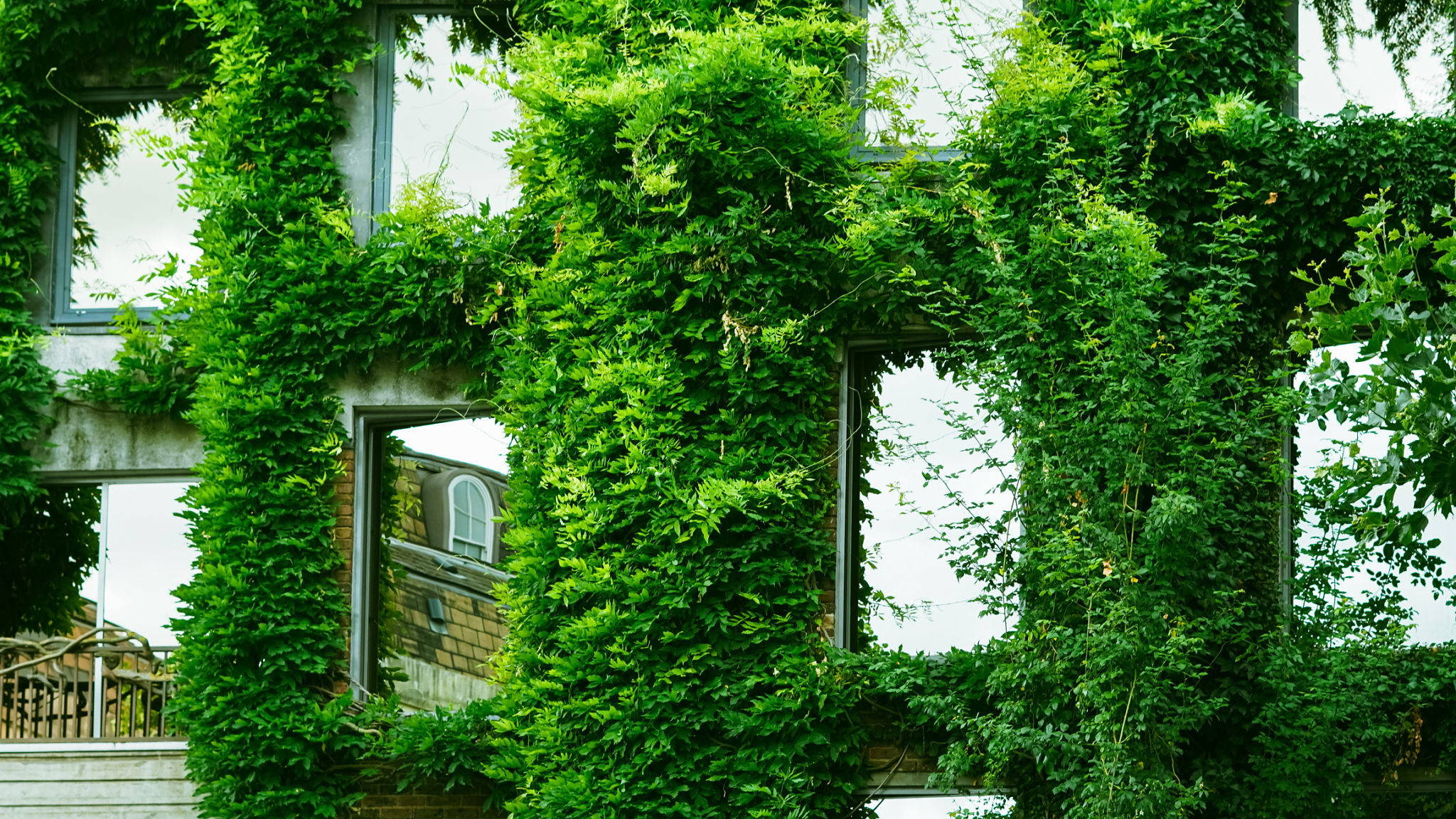Expert Insights: Maximizing Small Spaces for Urban Gardening
Understanding Urban Gardening Challenges
Urban gardening presents a unique set of challenges, primarily due to limited space. City dwellers often struggle with finding enough room to cultivate a garden. However, with some creativity and strategic planning, even the smallest spaces can become lush, green sanctuaries. In this post, we’ll explore expert insights on how to maximize small spaces for urban gardening.

Choosing the Right Plants
One of the first steps in urban gardening is selecting plants that thrive in confined spaces. Opt for dwarf or compact varieties of your favorite plants. Vegetables like cherry tomatoes, herbs such as basil and mint, and flowers like marigolds are excellent choices for small gardens. These plants not only take up less space but also adapt well to container gardening.
Consider the amount of sunlight your space receives before choosing plants. South-facing balconies or windowsills are ideal for sun-loving plants, while shade-tolerant plants are better suited for north-facing areas.
Utilizing Vertical Space
When horizontal space is limited, think vertically. Vertical gardening allows you to grow more plants in less space. Use trellises, wall-mounted planters, or hanging baskets to make the most of your available area. These methods not only save space but also add an aesthetic dimension to your urban garden.

Incorporate shelving units or stackable planters to create tiers of greenery. This approach not only maximizes plant density but also makes it easier to manage and maintain your garden.
Innovative Container Gardening
Container gardening is a cornerstone of urban gardening. Choose containers that suit the size and growth habits of your plants. Ensure they have adequate drainage to prevent waterlogging, which can harm plant roots. Repurposing household items like buckets, cans, or even old furniture can add a personal touch to your garden.
Consider self-watering planters to cut down on maintenance. These containers are designed to provide a consistent supply of moisture, which is particularly beneficial in hot urban environments where soil can dry out quickly.

Maximizing Light and Nutrients
Light is a crucial factor in plant growth. If your space lacks natural sunlight, consider using grow lights to supplement the light your plants receive. These lights emulate the sun’s rays and can be particularly beneficial during the shorter days of winter.
In terms of nutrients, urban soils can be less fertile than those found in rural areas. Regularly supplementing your soil with compost or organic fertilizers can provide necessary nutrients to keep your plants healthy and productive.
Creating a Sustainable Ecosystem
A successful urban garden is one that is sustainable and environmentally friendly. Implementing practices such as rainwater harvesting or using biodegradable pots can reduce your garden’s ecological footprint. Encourage biodiversity by planting a variety of species and incorporating pollinator-friendly plants to attract beneficial insects.
By following these expert insights and utilizing creative strategies, you can transform even the smallest urban spaces into thriving gardens. Whether you're growing herbs on a windowsill or cultivating vegetables on a balcony, urban gardening offers a fulfilling way to connect with nature and enhance your living environment.
